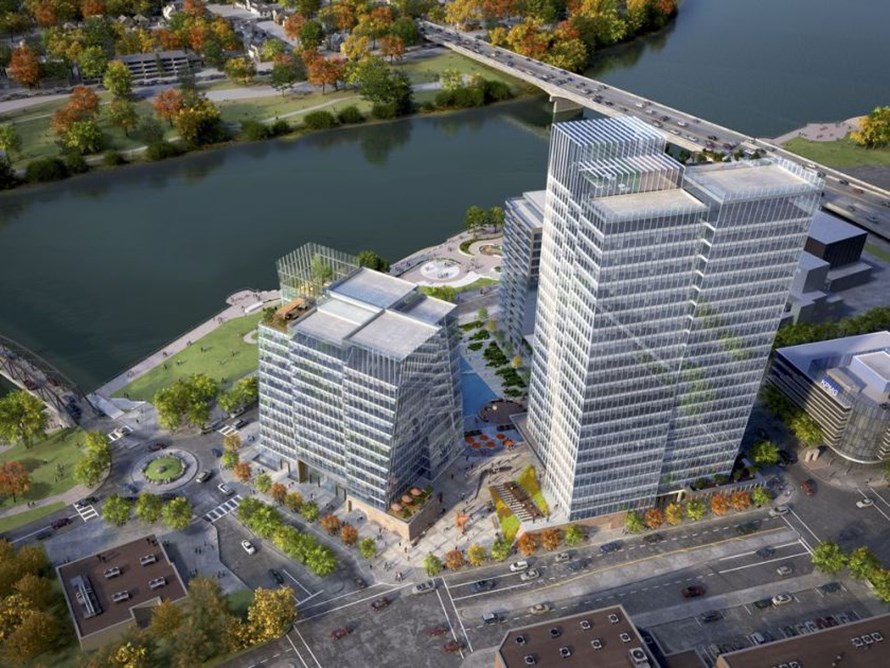A surge in industrial investment and new incentives could be just the thing to boost the fortunes of the downtown office market in the city New York bankers are calling 'Saskaboom"
The label may be prophetic, but it is understandable. Saskatoon is the largest city in a province that RBC economist forecast will lead Canada in economic growth this year, at a sizzling 6 per cent.
“I think industrial is going to drive the office sector,” said Brent Hass, a broker with Re/Max Bridge City Realty in Saskatoon. “We’ve got no more room for these office tenants to go to.”
Development in the industrial area north of the South Saskatchewan River that bisects the city has left very little suburban office space available for lease. But in the core, double-digit vacancies are creating opportunities.
Colliers International reports that vacancies averaged 17 per cent in the city in the first quarter, versus 2.5 per cent for industrial space. In the core, office vacancies averaged 22.9 per cent – twice the suburban rate. A significant portion has been driven by the relocation of tenants to two new towers at Triovest's River Landing development.
To revitalize the core, the city has introduced incentives to encourage the use of vacant buildings or the development of underutilized sites.
Created in 2011, the city’s Vacant Lot & Adaptive Reuse Incentive Program was adjusted in 2018 and 2019 to facilitate projects in the downtown core. It offers a tax abatement linked to the change in value as an incentive for developers to revitalize sites.
“Now with these great incentives to try and bring people downtown, I honestly think that sector will go,” Hass said. “Outside of downtown, there is very little office space available.”
Hass said the strength of the industrial market and the prospects for improvement in the office market support the confidence of out-of-province investors and observers. According to the annual Re/Max Commercial report on commercial real estate, released May 30, analysts at Chase-Manhattan billed the province “Saskaboom” as the province’s resource sector enters a seven-year boom. While this hasn’t yet translated into office jobs, Hass expects those to follow.
“When you’re looking at the return on investment in Saskatchewan, the risk isn’t as great as it was two years ago,” Hass said. “The attitudes are a lot different than they were two years ago.”
Multi-family strength
Demand in the multifamily market highlights the confidence.
Two years ago, purpose-built rental properties were commanding $65,000 to $70,000 a door. Today, properties are selling for $110,000 to $130,000 a door.
“[It] tells me that people are paying a lot more than what the income is worth, which leads me to say that rents have to increase,” he said.
But for rents to increase, people have to have the means to pay, and that’s where the strong economy plays a role. Record capital investments by the province parallel growth in the forestry sector.
The agriculture sector is also strong, notwithstanding severe drought last year. Values are buoyed by commodity prices, which given shortages driven by weather and war in the Ukraine promise to hand producers strong returns this year if the harvest is good.



